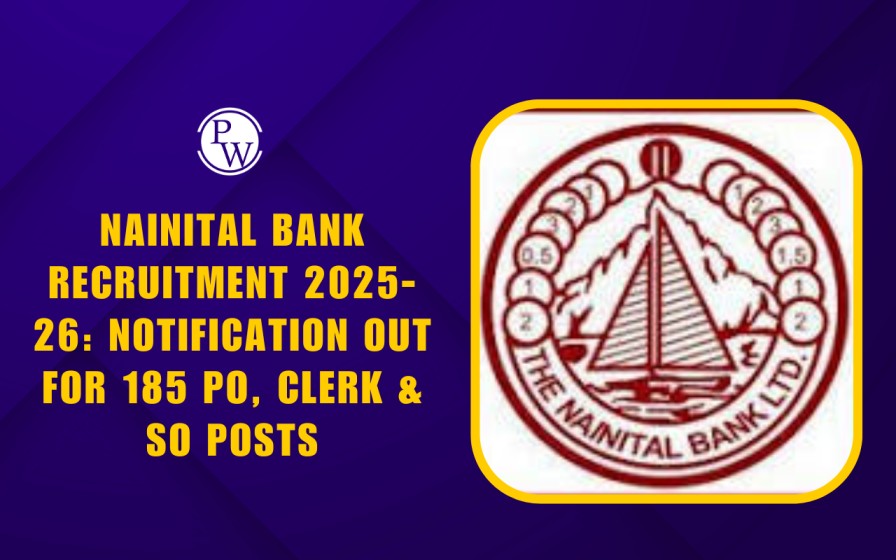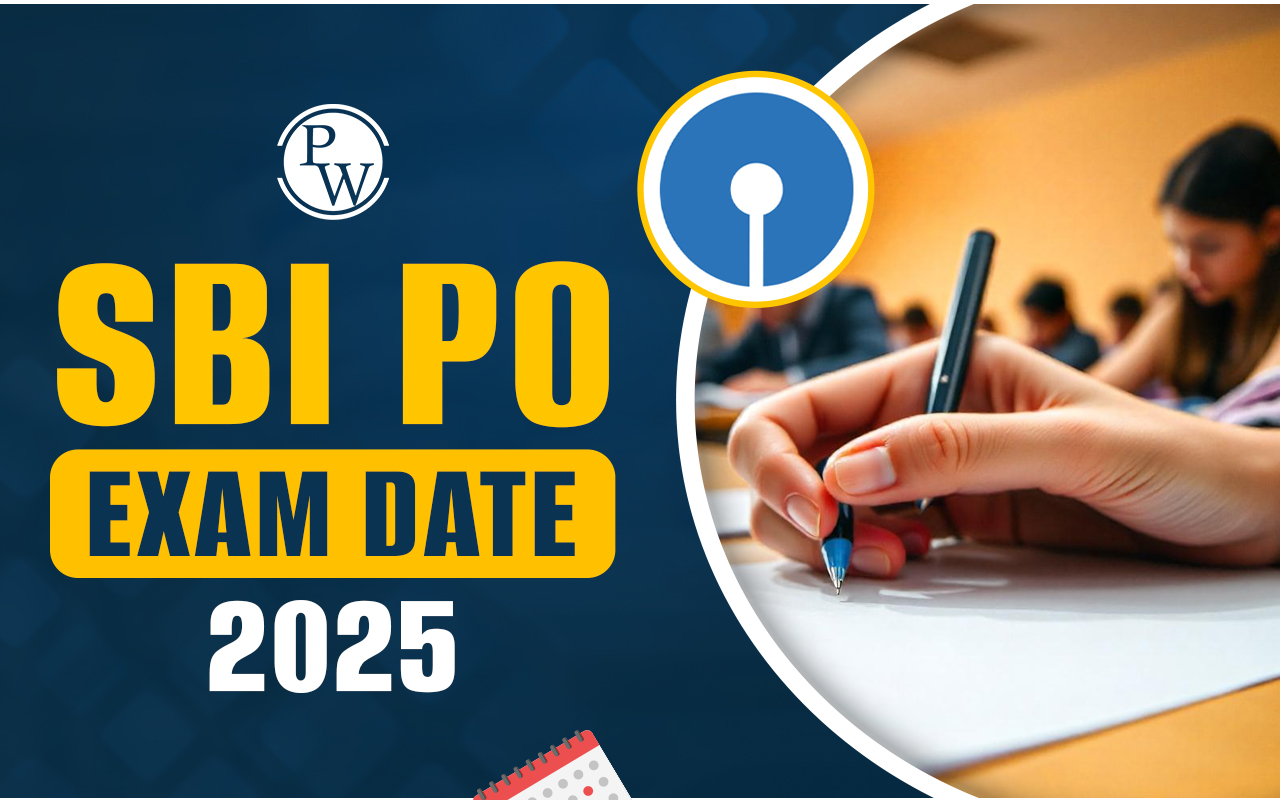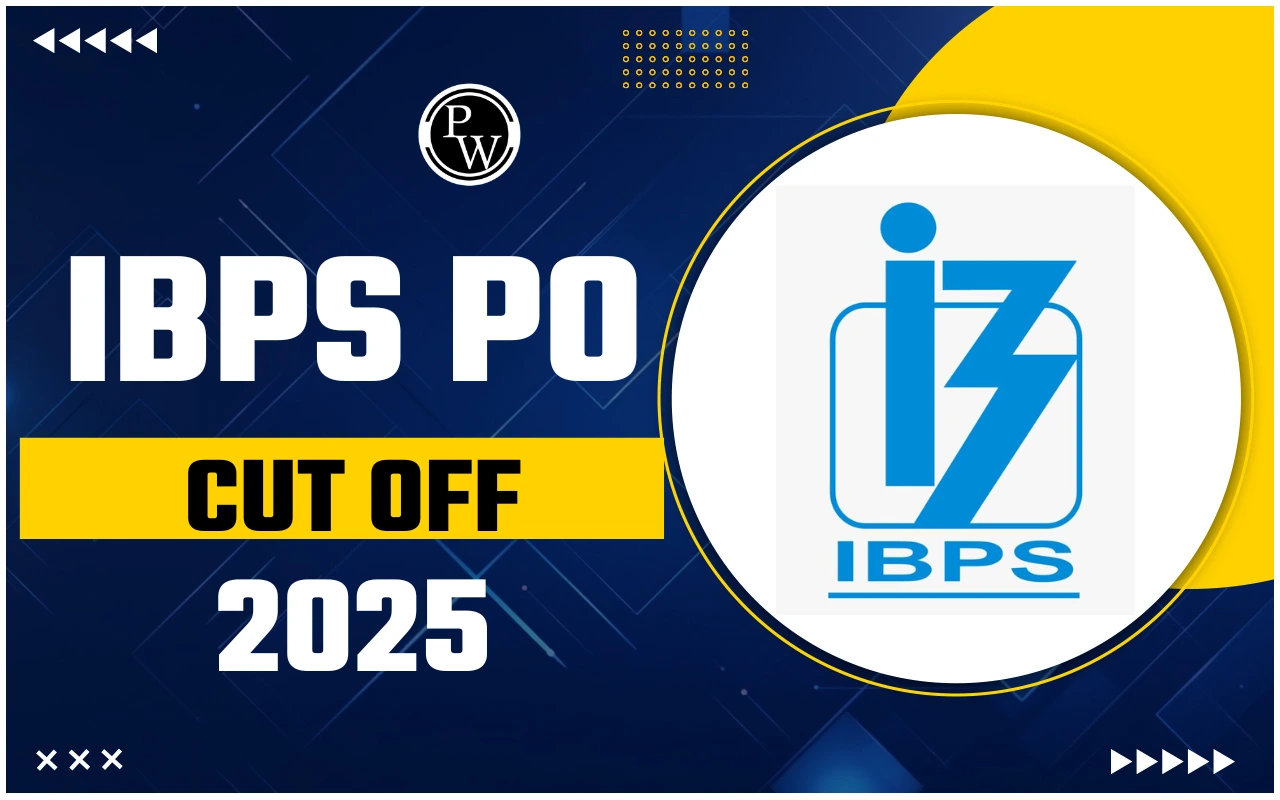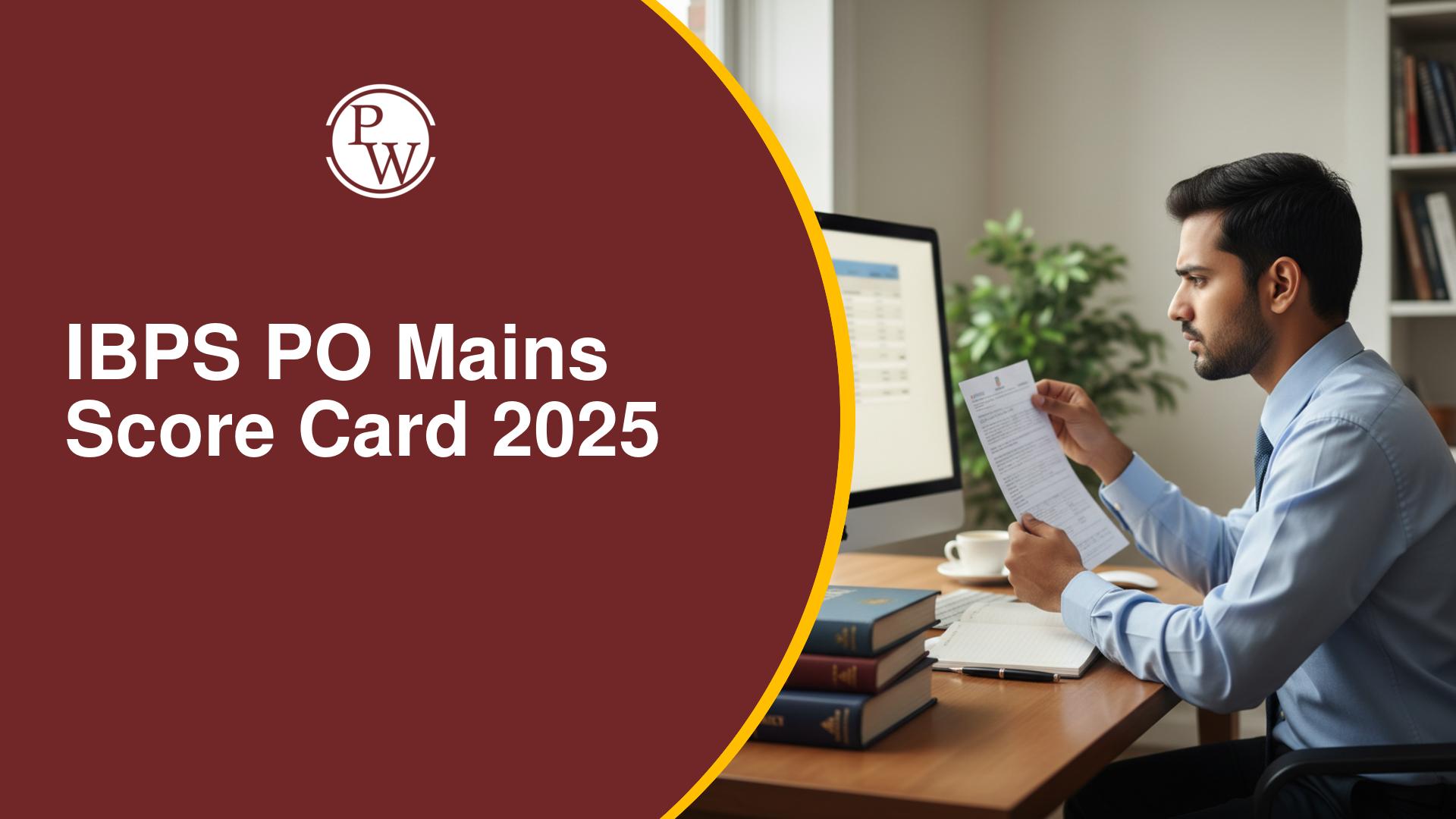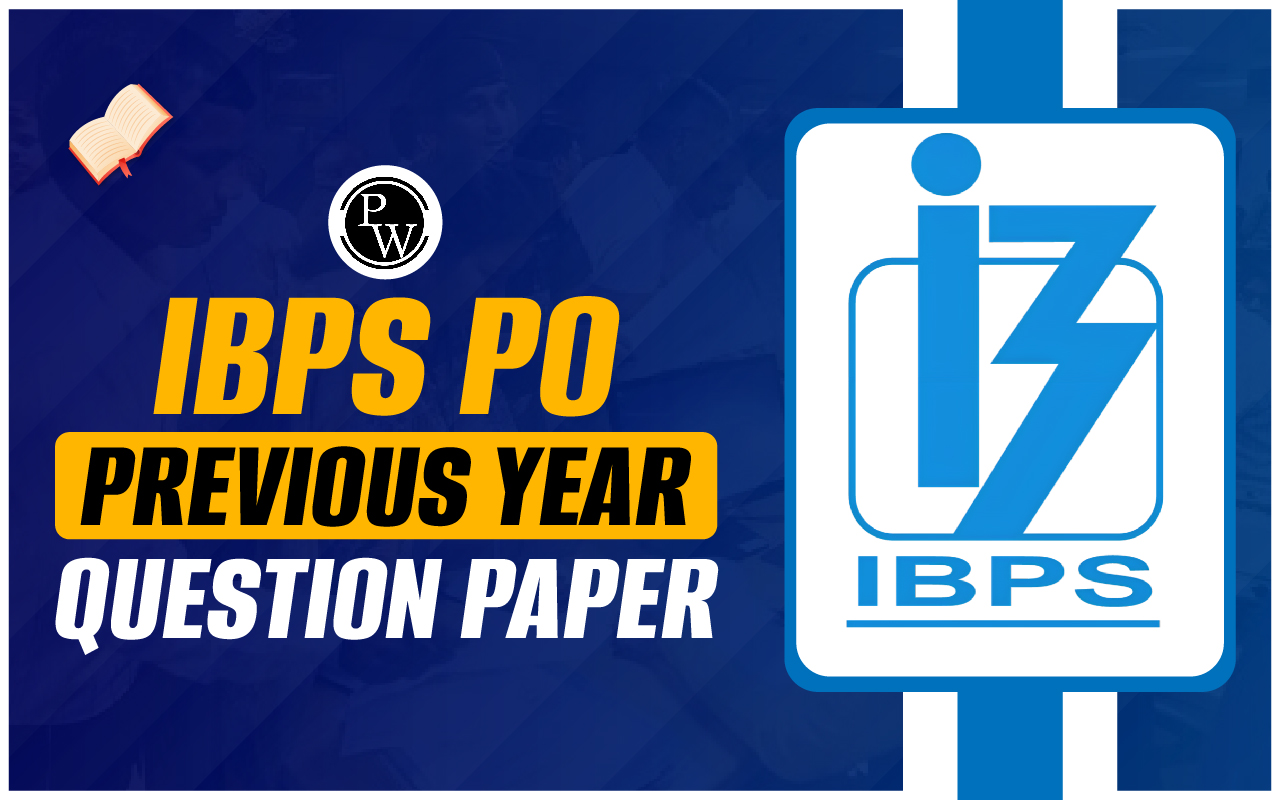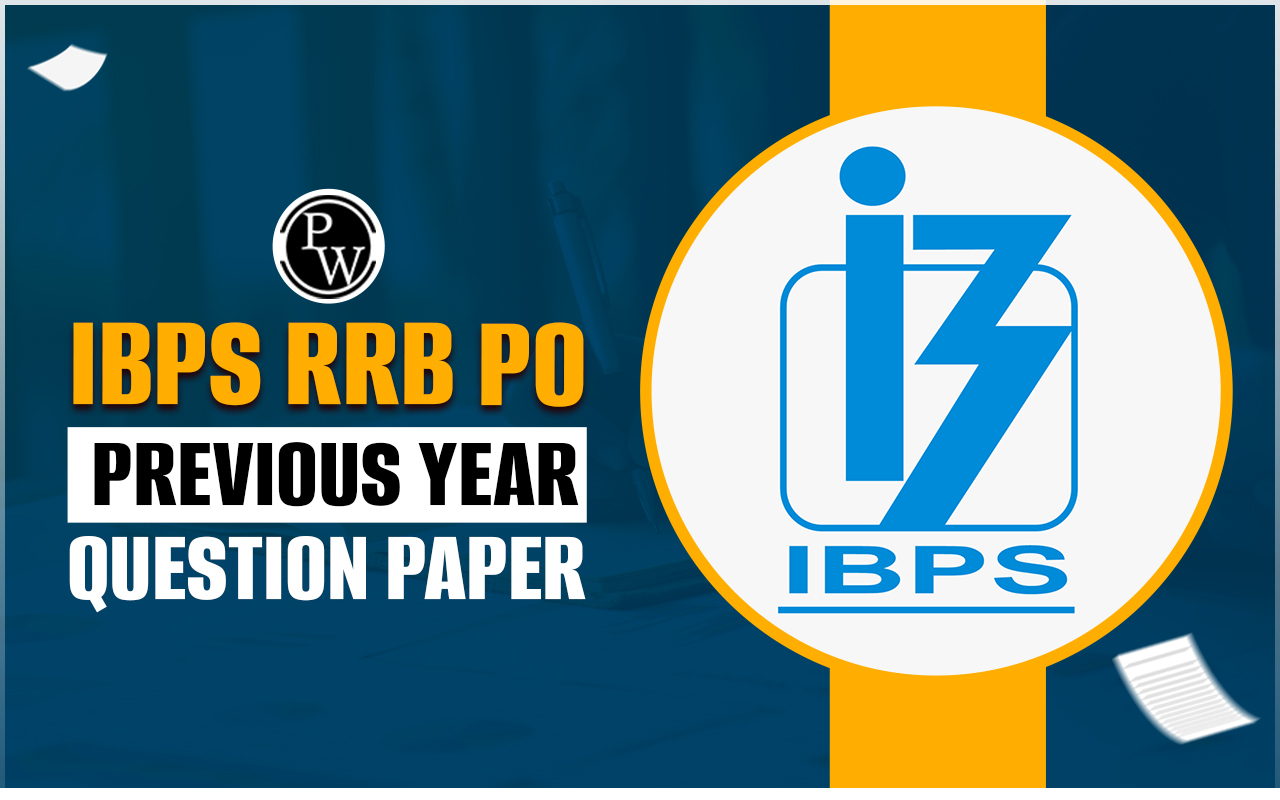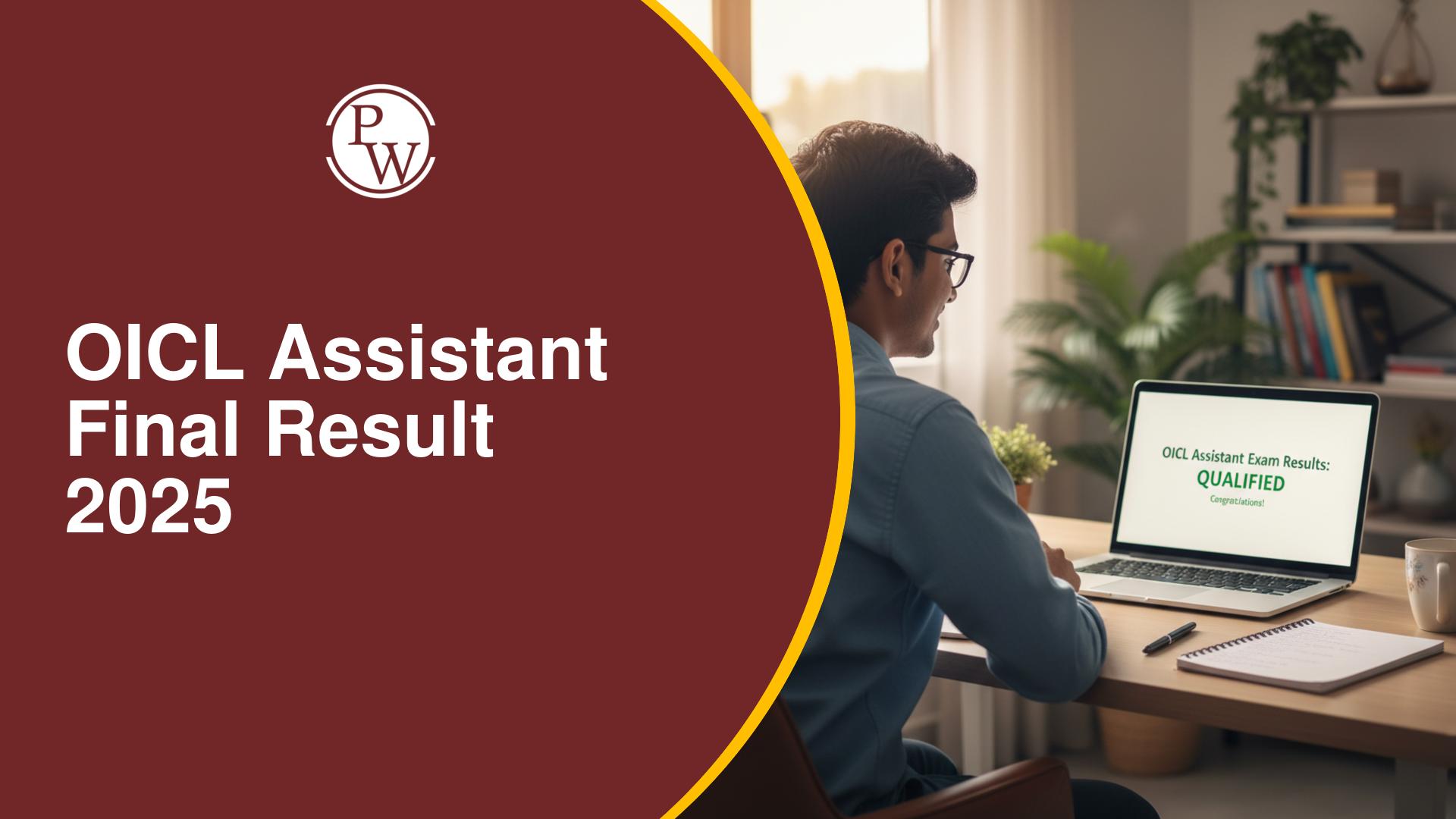
Partnership
Partnership problems in banking exams typically involve calculating shares of profit or loss among partners based on their investments and the period for which they invest. Partnership topics under the Quantitative Aptitude sections are vital for every banking exam like SBI Clerk, IBPS Clerk, IBPS RRB, UIIC, LIC, NIACL, NICL, RBI, etc. Every year 1 to 2 questions can be seen in Banking Exams. Here is a guide to understanding and solving partnership problems, along with some sample questions and solutions.
Key Concepts in Partnership Problems
1. Basic Formula:
-
Profit/Loss Share:

2. Proportionality:
-
The profit or loss is distributed in proportion to the product of the amount invested and the time for which it is invested.
3. Time and Investment Adjustment:
-
If partners invest at different times, adjust the time for which each partner’s investment is considered.
Partnership Problem Tips and Tricks
-
Understand Investment Periods: Adjust calculations based on how long each partner’s investment is active.
-
Calculate Effective Investment: Multiply the amount invested by the time for accurate comparisons.
-
Set Up Ratios: Use ratios to determine each partner’s share of the total profit or loss.
-
Practice Different Scenarios: Work on a variety of problems to get comfortable with different types of partnership calculations.
Weightage of Partnership Questions in Banking Exams
Preliminary Exams:
-
Quantitative Aptitude Section: Partnership problems usually constitute about 2-5% of the total questions in the Quantitative Aptitude section. This means that out of 35-50 questions, around 1-2 questions might be related to partnership.
Main Exams:
-
Quantitative Aptitude/Mathematics Section: In the main exams, the weightage can be slightly higher. Partnership problems can make up about 5-10% of the total questions. This could be around 2-5 questions in a section with 50-60 questions.
Partnership Solved Questions
Question 1: Basic Partnership
Problem: A and B invest ₹50,000 and ₹70,000 in a business. They decide to share the profit in the ratio of their investments. If the total profit is ₹36,000, what is A's share of the profit?
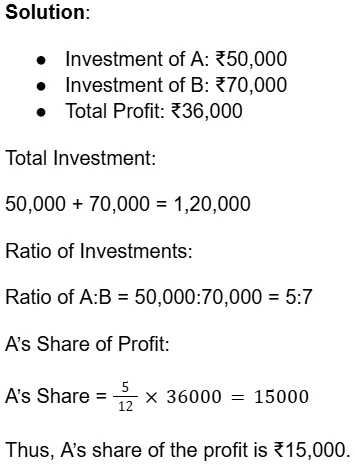
Question 2: Partnership with Time
Problem: A invests ₹20,000 in a business. After 6 months, B joins with an investment of ₹30,000. If the total profit after 1 year is ₹15,000, what is B’s share of the profit?
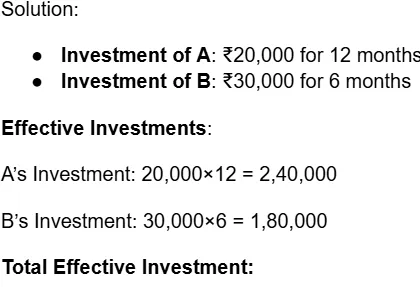
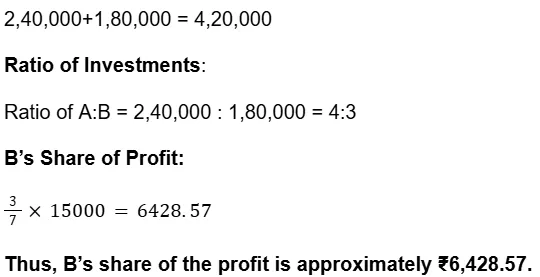
Question 3: Different Investments and Profits
Problem: A and B invest in a business. A invests ₹10,000 and B invests ₹15,000. After 8 months, B withdraws ₹5,000, and the total profit at the end of the year is ₹12,000. What is A’s share of the profit?
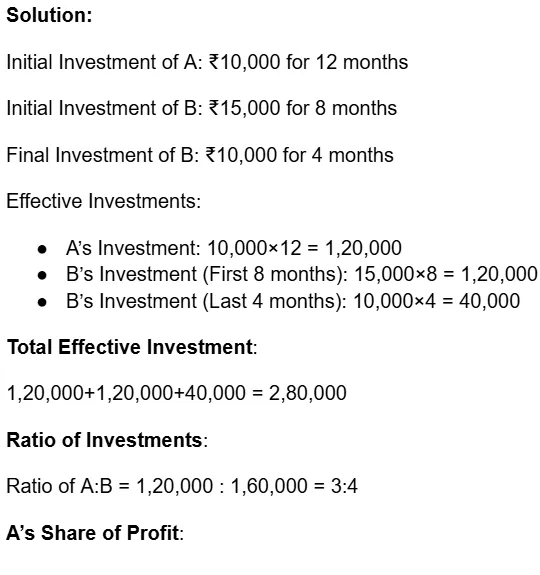

Question 4: Investment Adjustment
Problem: A and B invest in a business. A invests ₹30,000 and B invests ₹20,000. After 4 months, A withdraws ₹10,000 and the business runs for a total of 12 months. If the total profit is ₹18,000, what is A’s share of the profit?
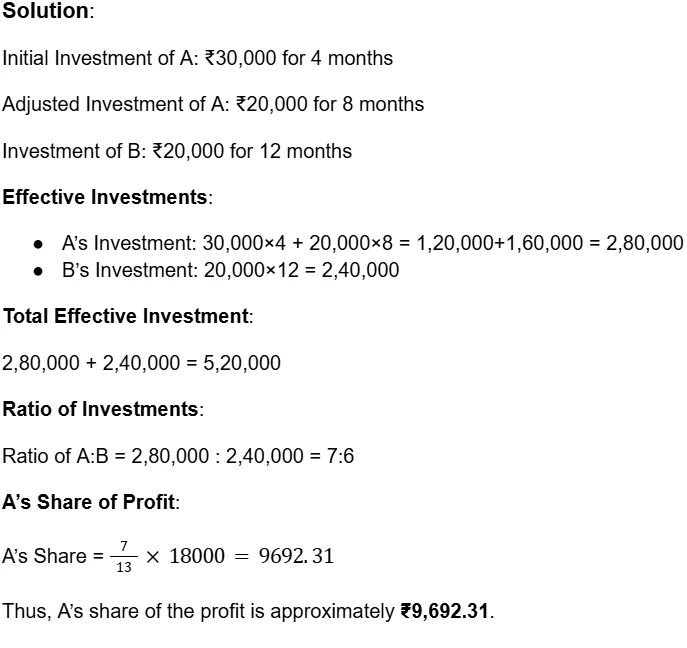
Previous Year Questions Of Profit and Loss Asked In Banking Exams
Q1. A and B start a business with investments of ₹20,000 and ₹30,000 respectively. After 4 months, C joins with ₹40,000. If the total profit at the end of the year is ₹32,000, what is B's share of the profit?
Q2. A and B invest ₹10,000 and ₹15,000 in a business respectively. After 6 months, A withdraws ₹2,000, and B invests an additional ₹3,000. If the profit at the end of the year is ₹15,600, what is A's share of the profit?
Q3. P, Q, and R enter into a partnership. P invests ₹12,000 for 6 months, Q invests ₹18,000 for 8 months, and R invests ₹24,000 for 12 months. If the total profit is ₹14,400, what is Q's share of the profit?
Q4. A, B, and C started a business with investments of ₹24,000, ₹36,000, and ₹48,000 respectively. After 4 months, A and B increased their investments by 50%. If the total profit at the end of the year is ₹58,500, what is C's share of the profit?
Q5. Bhavesh, Deepa & Smrati invest Rs. 20000, 24000 & 28000 respectively. At the end of 4 years, total profit was 144000. Find the amount received by Deepa.
Q6. Three partners G, S, and T invest Rs.3200, Rs.3600, and Rs.4600 respectively in business. They gain a profit of Rs.1710 altogether. Find the profit share of G.
Q7. Vishal, Ayush, and Swati invested capital in the ratio 2 : 3: 5; the timing of their investment being in the ratio 4: 5: 6. In what ratio would their profit be distributed?
Partnership Questions for Bank PO and Clerk Exams FAQs
Q1. What are partnership problems in banking exams?
Q2. What is the basic formula for solving partnership problems?
Q3. How are profits shared in a partnership?
Q4. How is the mark-up percentage calculated?
Q5. How do I handle changes in investment amounts?

